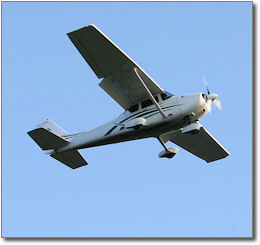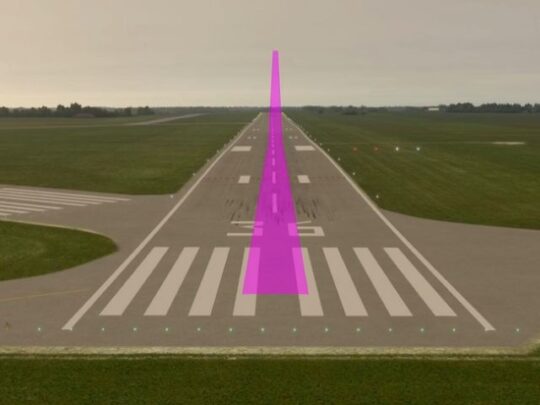Subscriber question:
"I have read many articles about landing small aircraft. Many of the articles discuss lowering flaps incrementally. If you know that the wind conditions will permit full flaps, and a full flap approach is what you will be doing, is there any reason not to transition to full flaps immediately? My thoughts are to get the aircraft into the proper landing configuration sooner rather than later. Reduce workload and configurations on final."
- Dennis S.
Wally:
“Well, I can give you a definite it depends on the airplane answer to that question. I sure agree that it is a good thing to get stabilized sooner rather than later on the approach but there are some other considerations.
 In many airplanes, going from zero flaps to full flaps creates a big change in pitch, power and trim requirements. Something most of us would rather take a step at a time. In aircraft with smaller and mostly drag flaps, the changes are not as dramatic and can be handled easily.
In many airplanes, going from zero flaps to full flaps creates a big change in pitch, power and trim requirements. Something most of us would rather take a step at a time. In aircraft with smaller and mostly drag flaps, the changes are not as dramatic and can be handled easily.
For example in a Cessna 170A, going from full up to full down you go through 4 or 5 flap settings, but the flaps are so small and ineffective you feel almost no change as you extend them. It seems hardly worth the trouble and you surely don’t get much drag or reduction in stall speed. Apparently Cessna 170A owners must have complained to Cessna and were heard, because when they built the 170B they gave the pilot 40 degrees of high lift and high drag Fowler flaps. If you pulled those out all at once it would be like hitting a brick wall.
If you are riding on an airliner, you will notice that as you approach the airport area, the first notch or two of flaps is usually just leading edge devices and a little bit of aft flap extension. That is just enough to lower the stall speed so they can safely operate in the 180 – 200 knot range without adding a lot of drag. These are the typical speeds assigned by ATC for sequencing. They try to use the minimum flap needed for the circumstances both to reduce noise and fuel consumption. Of course they all have a point at which they must be at landing flaps and stabilized. This is usually at least 1000 feet above ground.
So, it’s your choice. A little at a time or all at once, just depends on the airplane.”

